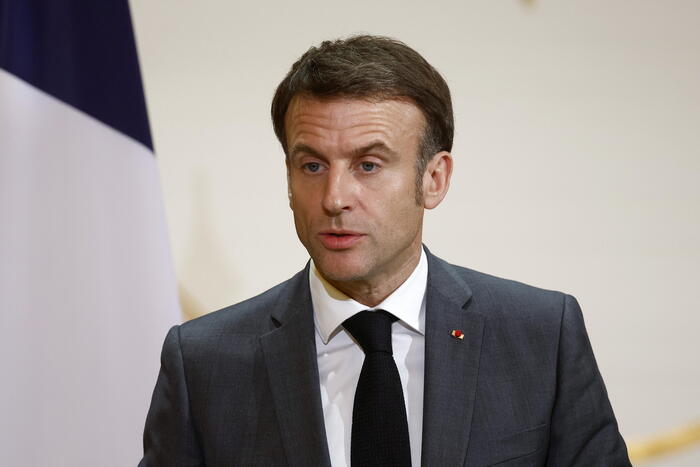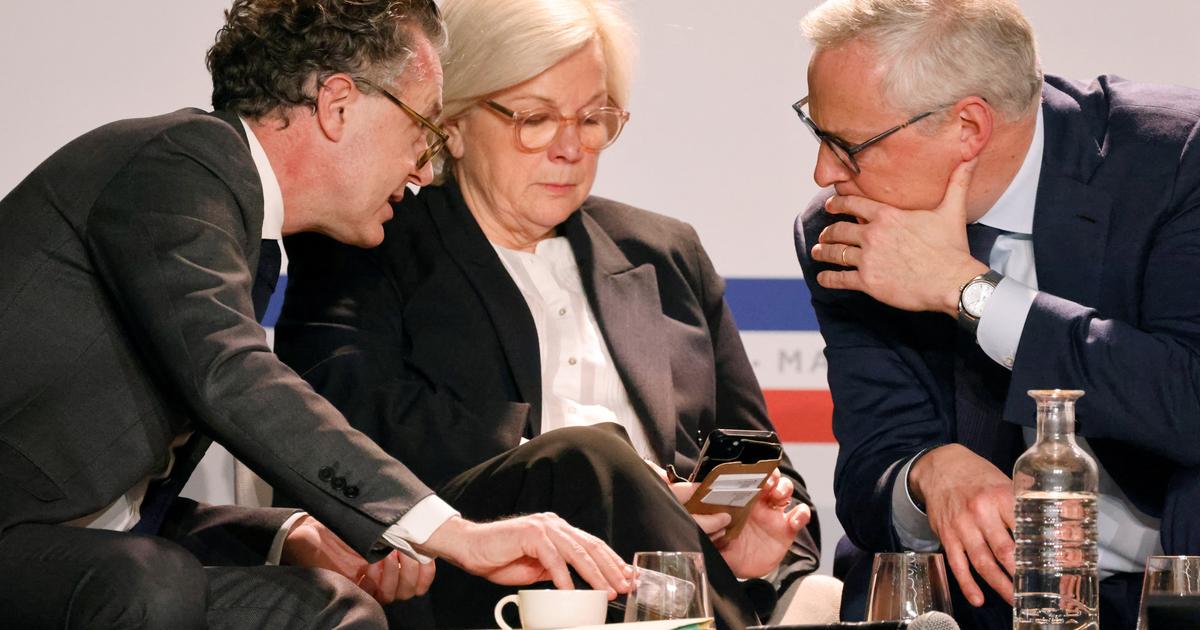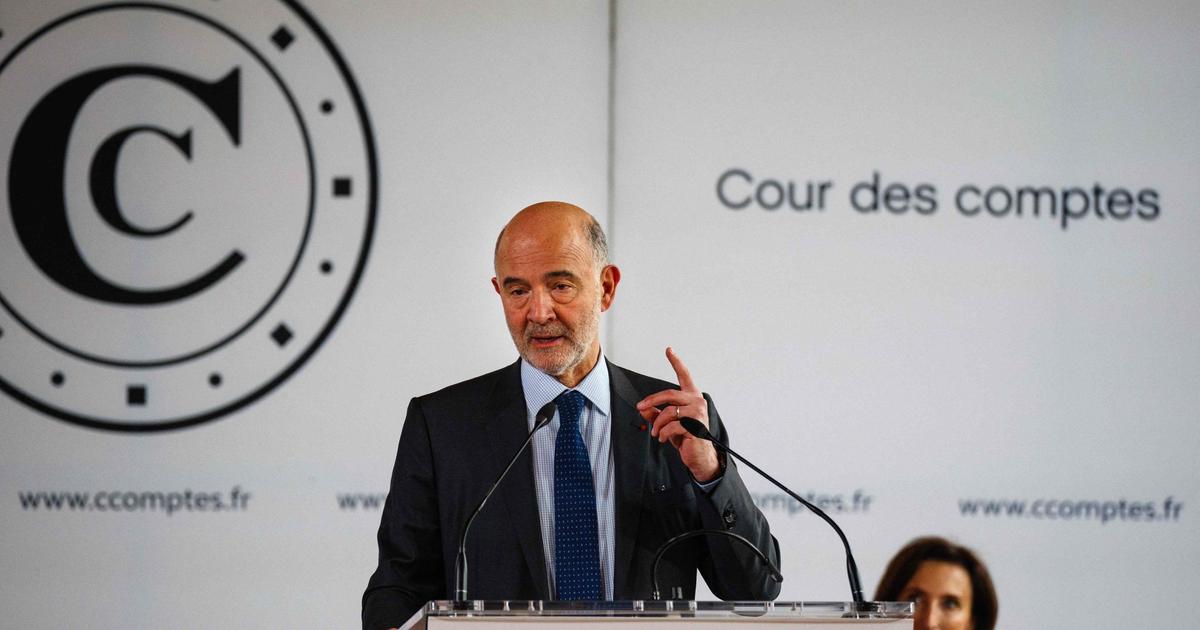The soaring tricolor public debt continues.
In the third quarter of 2022, it increased again by 40 billion euros, reaching 2,956.8 billion euros, according to an INSEE publication unveiled on Friday.
Gradually, it is therefore approaching 3000 billion euros, until it comes close to this highly symbolic level.
The widening of the public accounts can also be seen in percentage terms: the debt reached 113.7% of GDP, up again, compared to the 113.3% of GDP recorded in the second quarter.
To discover
Prime Macron 2022: conditions, amount, date of payment... how does it work?
In detail, this increase is due to the increase in state debt, of the order of 36 billion euros, specify the national statisticians.
Conversely, the
“contribution of local public administrations to public debt”
decreased, by around 6.2 billion euros, as local authorities reduced their debt slightly.
Similarly,
"the contribution of various central government bodies (Odac) to the public debt"
increased by one billion euros.
Read alsoSchool, health, debt, industry… The cry of alarm from economists Philippe Aghion and Jean Tirole
French public debt has exploded in recent years, and more particularly since the start of the Covid-19 pandemic.
It has successively reached symbolic levels, including 1,000 billion euros in 2003, 1,500 billion euros in 2009, 2,000 billion euros in 2014 and 2,500 billion euros in 2020. It has also exceeded 100% of the GDP for the first time during the pandemic.
It has since inexorably approached the new milestone of 3,000 billion euros, reaching, in the second quarter of 2022, 2,916.8 billion, according to INSEE, or 113.3% of GDP.
Read also Nicolas Baverez: "Let's stop digging the hole in public debt"
If the executive claims to want to keep the situation under control, in particular by increasing revenue through reforms such as that on pensions, some are more cautious.
In particular, the Banque de France recently estimated, in an assessment in the form of a range, that indebtedness could vary significantly in the years to come, depending on the evolution of the economic situation and the maintenance or not of the mechanisms protecting the power purchase, such as the tariff shield.
“We've been told for years: don't worry, we can still bear the debt! But we are starting to have to count the pennies”
, was also alarmed in our columns the economist Jean Tirole, this week.








